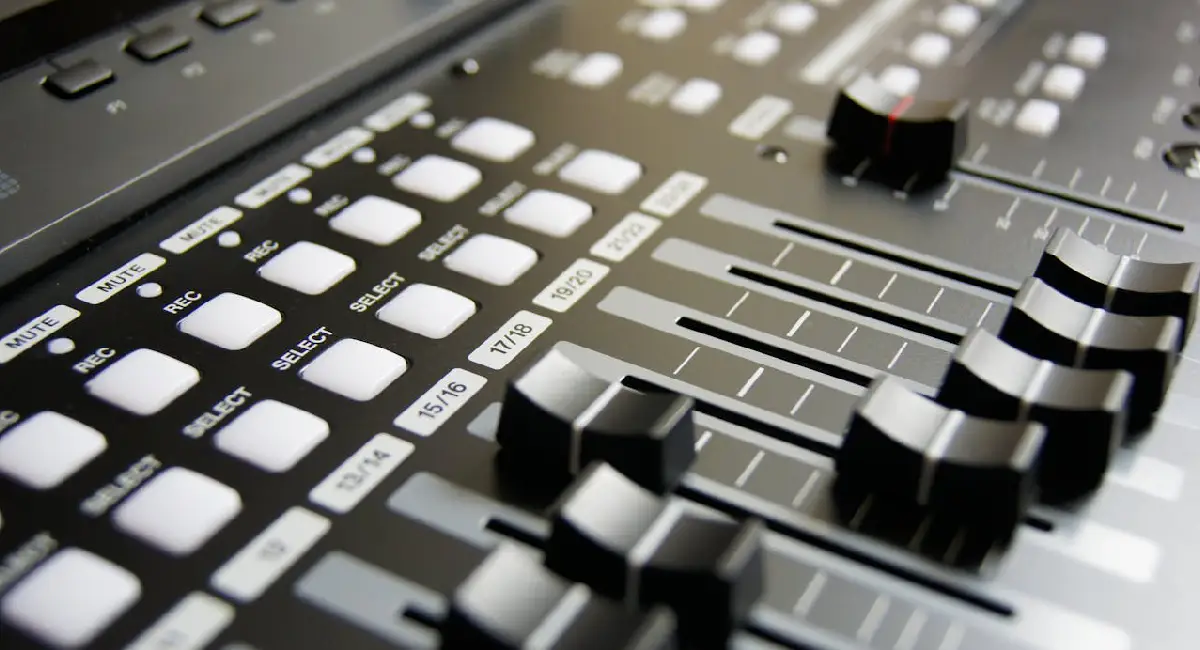Sound Design and Music in Feature Films
One of the largest aspects of feature films is music and sound design, which elicit sympathy for the story and helps in the storytelling process. Pictures engage us, but the sound tends to leave us in the world of the movie. Ambient noise that creates mood, music that evokes emotions supporting dramatic themes, sound design and music are key aspects of filmmaking. This blog examines how sound and music affect a feature film’s plot and how viewers’ perceptions are affected.
1. The Importance of Sound Design
Sound design is the production and editing of audio components, such as sound effects, dialogue, and background noises. It contributes to creating a realistic world that makes the story more immersive. Sound design in a feature film is not only background noise; it involves sound manipulation to complement the tone, mood, and pacing of the narrative. Whether it’s the rustling of leaves, the far-off growl of thunder, or the soft hum of machinery, sound design creates a sense of place.
2. Creating Atmosphere through Sound
One of the primary functions of sound design is to establish the atmosphere. The appropriate sounds may transform an everyday scene into something dramatic or spooky. For example, in horror films, low-frequency rumbling or sudden sharp noises can heighten suspense and anticipation. In contrast, in a romantic movie, the delicate, nuanced sounds of nature or city life might convey a sense of peace and intimacy.
3. The Role of Music in Film
Music in movies serves as an emotional compass, serving to heighten pivotal moments and express feelings that are sometimes hard to convey on screen. Whether it’s a swelling orchestral score or an infectious indie pop song, music adds context, amplifies emotion, and maximizes moments of suspense or euphoria. A good soundtrack can turn a mediocre scene into one that lingers, forging long-lasting emotional connections with viewers.
4. Collaborating with a Production House in Australia
When you are engaged in sound design and scoring for a feature film, collaboration with an Australian production house can offer valuable experience. Such professionals have the training and facilities to enhance the sound aspects of your film so that every scene appears and sounds as vibrant as it does. The right production house can help you design truly unique soundscapes that linger with your audience long after the film has ended.
5. Sound Design in Action: Examples in Film
Films like Star Wars and A Quiet Place highlight the importance of sound design. Star Wars’ unique sound effects, such as the hum of a lightsaber or the roar of a TIE fighter, have become deeply ingrained in popular culture. Similarly, in A Quiet Place, the absence of sound serves as an important narrative technique, heightening the stress and peril that the characters encounter.
6. Music and Soundtrack Selection
Selecting the right music and soundtrack for a film is as crucial as any other element of the production. Character development, themes, and transitions are all highlighted with the assistance of music. Directors have to choose music that supports the tone and narrative of the film, whether they are composing an original score or using a pre-existing song.
Conclusion
Sound design and music are far more than just supplementary elements of a feature film; they are essential tools that help shape the viewer’s emotional and sensory experience. Using an Australian production house can guarantee the sound and music will enhance the visuals to achieve a cinematic effect. With properly chosen and carefully designed sound and music, producers can take films to the next level, ensuring long-lasting connections with global viewers.





